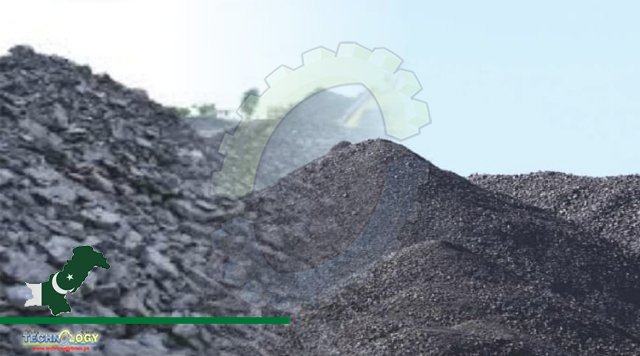Coal use declines, Coal’s contribution in power generation decreased to 14.3 percent in August 2022 from 15.4 percent in August 2021, while RLNG share decreased to 12.5 percent from 18.9 percent a year earlier due to lower imports.

In the electricity basket, RLNG was a costlier option, with data showing that its cost rose to Rs24.72/kWh in August 2022 from Rs14.91/kWh in August 2021. During the same period, local RLNG price soared 28 percent, said Muhammad Awais, head of research at Foundation Securities. The contribution of coal in the national energy mix declined marginally compared to the same period last year. In case of RLNG, the share declined too as prices sky rocketed on disruption in the international supply chain. Pakistan has only been able to import five RLNG cargoes this August against 12 cargoes in the same month last year as spot RLNG prices more than tripled this year. Commenting on the declining trend in coal-based power generation, Coal use declines, Awais said that it was contrary to the international practice. Even regionally, China has more than 50 percent share of coal in its power generation, while India makes more than 40 percent of its power through coal. Share of coal in Australia’s power generation stands at 25 percent, he added. As per the National Electric Power Regulatory Authority (NEPRA) fuel charge adjustment reports, fossil fuels on average have accounted for about 57 percent of Pakistan’s energy production during the last twelve months. Besides, Pakistan’s reliance on RLNG has increased over the past decade since the country’s gas reserves were depleting fast.
On the other hand, imported coal was also facing the same issue due to its higher cost of electricity generation; Rs26-28 per unit at current international coal prices. Power generation from coal stood at Rs15.17/kWh against the cost of electricity production from local gas, which stands at about Rs9.5/kWh in the said period. “Pakistan cannot rely much on imported fuel, not even on imported coal amid global supply chain disruptions and balance of payment issues. Coal use declines, The country has to look for indigenous resources,” the researcher said. It should be mentioned that the price of coal reached an all-time high of $436.71 per tonne in September this year due to surge in its demand. NEPRA’s latest merit order report revealed a substantial difference in the cost of power generation from domestic coal versus imported coal as the cost from domestic coal power plant was Rs4.39/kWh while cost of electricity from imported coal was Rs30.09/kWh. Experts urged the government to devise a future energy policy that helps exploit indigenous natural resources, while reducing our dependence on imported fuels.
Source: This news is originally published by thenews